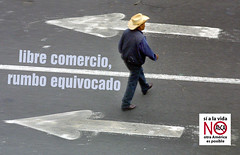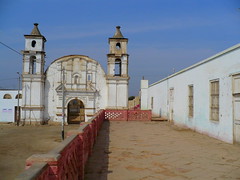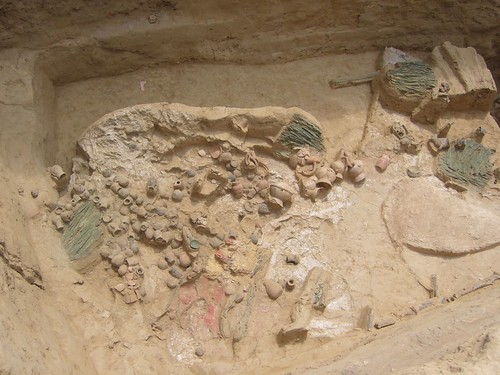Chaupiguaranga: the greatness of simplicity
The only thing not simple about this marvellous place is pronouncing the name it has been given: the Chaupiguaranga Ravine. Everything else promises and delivers a rustic experience in a time when even the travels of seasoned travellers are being influenced by all things “fashionable”.
By Rafo León (Cable Mágico)
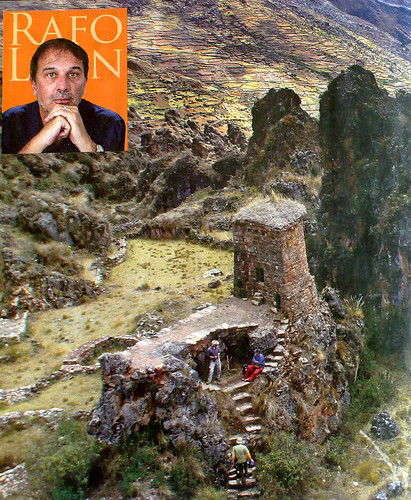 We have to leave Lima and head towards Cerro de Pasco, be it by taking the Central Highway, by Canta-La Viuda or by the Huaral Valley through the rock forest of Huallay. Of the three routes, the last is the most attractive while the first is the fastest.
We have to leave Lima and head towards Cerro de Pasco, be it by taking the Central Highway, by Canta-La Viuda or by the Huaral Valley through the rock forest of Huallay. Of the three routes, the last is the most attractive while the first is the fastest.
The route between La Oroya and Cerro de Pasco is interesting because we’re confronted with pure and rough nature, for example, the Lake Junín protected area. The is contrasted against the city of Cerro de Pasco, 4300 metres above sea level, where you can witness the destructive impact of mining that has occurred for more than a century. Today it is debated whether its 80,000 inhabitants with accept being moved to another location to begin again.
Misunderstood Eucalyptus
La Chaupiguaranga ravine covers the districts of Chancayán and Vilcabamba, in the Pasco province of Daniel Alcides Carrión, and is a profound incision in the mountains up to the River Chaupiguaranga, that with the Huariaca forms the Huallaga. The steep sides of the mountains are divided into fields and corals for livestock, but all this is broken up by large patches of eucalyptus forest. This is because we are in a zone where the tree, hated by agronomists and ecologists, was introduced in the 19th century to combat deforestation. The fast growing trees protect against erosion and their roots hold in the resins said to contaminate the soils. However, the beauty of these forests, and the smell that fills every part of the valley – with apologies to scientists – can perhaps allow us to forgive this error.
The Chacapampa ranch where we stayed has forty hectares of eucalyptus forest. Its origin? This area was rented by the US Cerro de Pasco Corporation, and in around 1950 they still needed a large amount of wood for coal extraction – for building supports and rail sleepers. They planted these forests and while they were at it left being other roots of Anglo-Saxon culture such as the recipe for scones that each morning doña Gaby de Loayza prepares in an old clay oven in the farmhouse.
There’s always fire
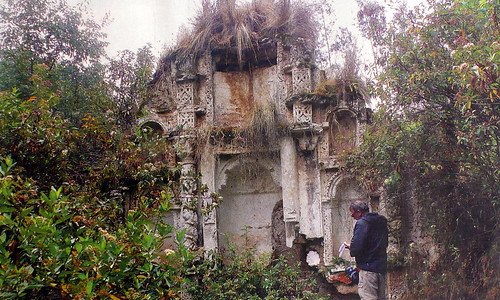
We have to eat breakfast early and get walking, for hours, in the eucalyptus forests, listening to birds and the movement of branches high above. Later we return home and dedicate a fair amount of time to collecting rosemary, tarragon, verbena and oregano to later eat a delicious trout with native potatoes cultivated right here in the neighbouring fields, right next to the ruins of a 16th century chapel .
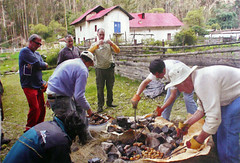 Our residence, the farmhouse of Chacapampa, has not be changed from its original state and maintains a rustic traditional feel. It has a dining-room and lounge with a fireplace that is always lit, two large rooms and two bathrooms with hot water.
Our residence, the farmhouse of Chacapampa, has not be changed from its original state and maintains a rustic traditional feel. It has a dining-room and lounge with a fireplace that is always lit, two large rooms and two bathrooms with hot water.
This is a simple place were no-one is preoccupied for how they look, what they are wearing or how they will come out in photos. This is not a place for pseudo-travellers with brand-name clothes. It’s perfect because this elemental experience is the perfect accompaniment of the good conversation of don René Loayza, today administrator of the ranch, retired from the mining company Centromin. We ask if so much solitude and nature can be asphyxiating: “solitude is the best adviser of the conscience”, is all he replied.
The Yaros
These hills, full of ups and downs, gullys and valleys, are very apt for agriculture. They’ve had a human presence for milenia. However, the people who left the most signs of their existance were the sophisticated culture of the Yaros, that established themselves between 1100A.D. and 1450A.D. until conquered by the Incas, who also left archaeological remains.
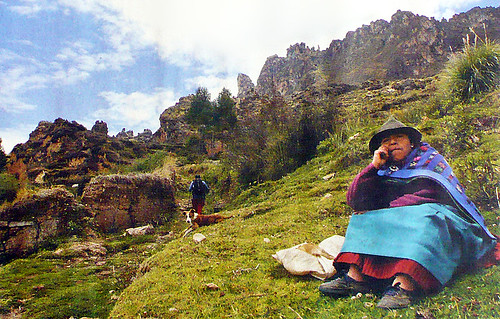
Dedicate a day to hiking these hills to discover some Yaro ruins, magical whichever you visit, perched in high places with spectacular panoramas that even include distance icy peaks, their construction perfectly conserved up to their stone roofs, and temples dedicated to fertility that dot the prairie with their circular structures and square plazas.
We were only able to visit on, Guñicútac, but left very eager to explore the seven or eight Yaro sites that have never properly been explored, en the areas surrounding Chaupiguaranga. A difficult name to pronounce, but one that contains the essence of good simple travel for travellers.
Tags: cerro de pasco, cerro de pasco corporation, chancayan, chaupiguaranga, eucalyptus, pasco, ruins, yaros




